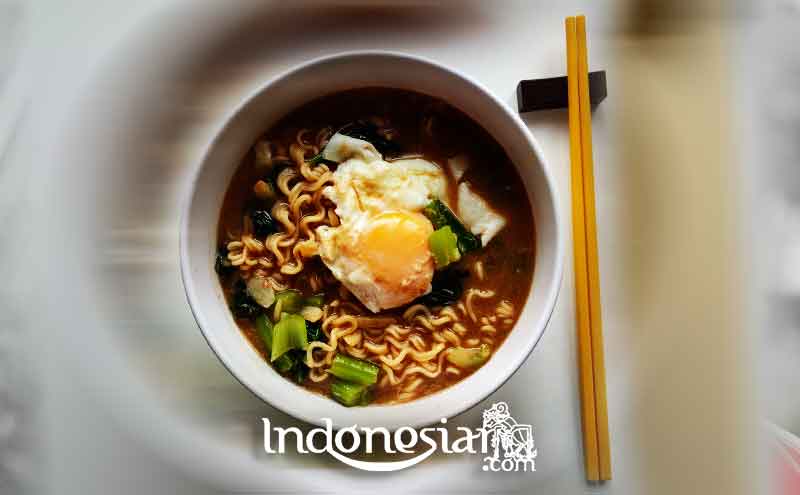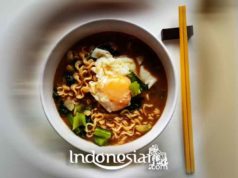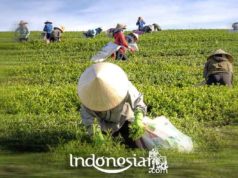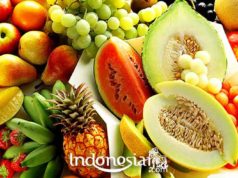Indonesia has a variety of delicious and delicious food preparations using Babat as a food ingredient. Examples of food in Indonesia use tripe such as soto babat, tripe curry, fried rice and others. What is Babat? What are the types and forms of tripe?
Babat is beef offal that has a chewy texture in the stomach. There are four types of beef tripe which have different textures. Of the four types of beef tripe, there are three types that are usually processed into delicious dishes. Check out the following explanation that describes the four types of cow tripe that you must know.
1. Babat Reticulum
The type of tripe that is usually processed into the second dish is reticulum tripe or honeycomb tripe. Reporting from Live Strong, honeycomb tripe has a softer texture than towel tripe, a honeycomb-like gap, a soft taste, and a lower fat content compared to other beef offal. How to clean tripe hive is more sufficient by using a toothbrush to remove dirt into the crevices.
2. Babat Abomasum
Abomasum tripe is tripe that is rarely processed into cooking. Reporting from Healthline, tripe abomasum or reed tripe is the fourth most fatty layer of a cow’s stomach. The texture is chewy and the taste varies from strong to creamy.
3. Babat Omasum
The omasum tripe or book tripe is the third layer of the cow’s stomach. It has a texture that is a blend of towel tripe and honeycomb tripe. Thick but also thin and soft on the sheet. Book chop is usually processed by braising it and cooking it by frying it. Served with spicy red chili paste and white rice.
4. Rumen Babat
Rumen trip or what is usually called a towel tripe. Reporting from MasterClass, the towel tripe is the first and large stomach lining. Flat and smooth like a towel. Usually this type of tripe is processed into a delicious mixture of fried rice.
Hopefully this article is useful in adding to your insight. Come on, get other interesting information from indonesiar.com.

































